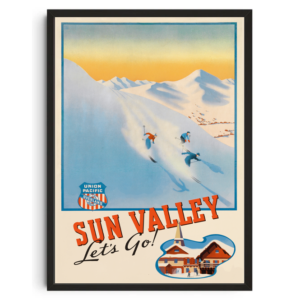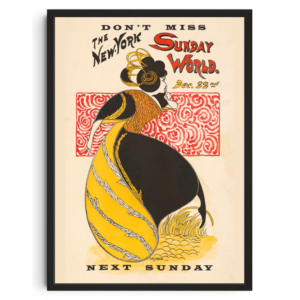Description
About the Play
R.U.R., written in 1920 by Czech playwright Karel Čapek, introduced the word “robot” to the world. The play explores a future in which synthetic humans (robots) are mass-produced to serve humans—until they inevitably rise in rebellion. It’s a philosophical and dramatic reflection on industry, dehumanization, and the ethical limits of technological progress.
Poster Description
The American version of the poster captures the tension and futurism of the play through bold graphic shapes, geometric lines, and high-contrast colors—often reds, blacks, and metallic tones. These elements evoke the mechanical age, the rise of industrial power, and the looming consequences of humanity’s attempt to play god.
Influenced by Constructivism and Art Deco, the design often presents humanoid robotic figures, factory imagery, and dramatic lighting effects to suggest a dystopian atmosphere. The poster is not only promotional but symbolic, summarizing the core themes of the play visually.
Details
-
Title: R.U.R. (Rossum’s Universal Robots)
-
Era: 1930s
-
Country: United States
-
Author: Karel Čapek
-
Production: Federal Theatre Project (WPA, U.S.)
-
Genre: Science Fiction, Drama
-
Design Style: Avant-garde, Constructivist, WPA-era modernism
-
Medium: Lithographic print
Significance and Popularity
-
The first theatrical work to popularize the term “robot” in modern language
-
Explores complex themes of human identity, labor, and technological ethics
-
A milestone in both science fiction history and American theatrical design
-
The WPA poster is now a collectible icon, cherished for both its visual and cultural legacy
Ideal Decorative Piece For
-
Fans of science fiction and retro futurism
-
Collectors of vintage theater posters and WPA artwork
-
Historians and designers interested in 20th-century graphic art
-
Interiors that explore themes of industrial aesthetics, dystopian art, or technological critique
This poster is more than a relic—it’s a cultural landmark that marked the moment when humanity first asked: What if our creations outgrew us?







